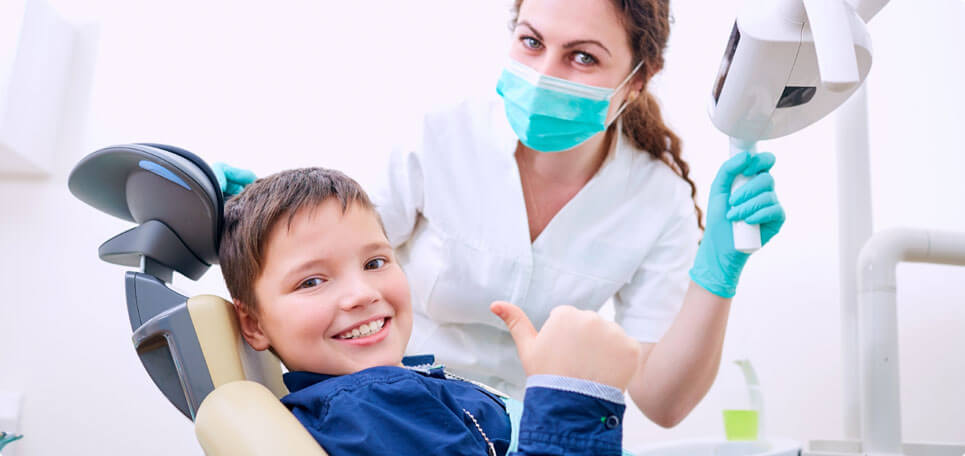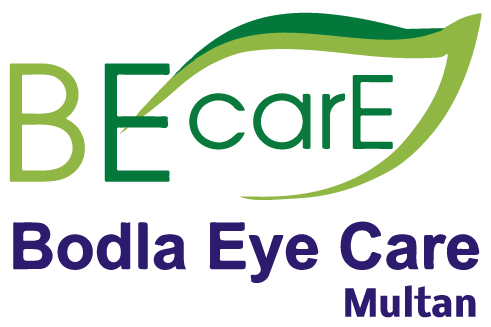
Ptosis
Droopy upper eyelids is present when the edge of the upper eyelid that contains the lashes falls too low.
When the edge of the eyelid falls and covers part of the pupil, it blocks the upper part of your vision. In severe cases of Ptosis, it is necessary to tilt one’s head back or lift the eyelid with a finger in order to see out from under the drooping lid.
THE CAUSES
In most cases, a drooping upper eyelid (ptosis) results from aging of previously normal structures. Typically, the tendon that attaches the “lifting” muscle to the eyelid stretches and the eyelid falls too low. Since the muscle that lifts the eyelid has normal strength, surgical correction of a drooping upper eyelid that was once normal involves repairing the stretched tendon. It is not uncommon for one to develop a droopy upper eyelid following cataract surgery.The cataract surgery is apparently the “last straw” that causes a weak tendon to finally give way. Other causes of this droopyness may be damage to nerves that direct the muscles that lift the eyelid, or the muscle itself. Occasionally a rare condition that affects the connection between the nerve and the muscle may cause quite intermittent droopyness.
THE TREATMENT
When the droopyness is causing problems with the vision, such as limitation of the top part of your visual field, or even causing the central vision to drop when the pupil is covered, treatment may be necessary. Other reasons for treatment may be cosmetic. Treatment generally consists of an operation, but in some cases treatment with medicines may be more appropriate.
SURGERY
The surgical treatment for ptosis aims to correct the top eyelid position to a desired level. Not always is this possible. There may be factors that will prevent a safe lifting of the eyelid. That is why it is important to assess before the operation what level of the eyelid will not result in major eye problems. The operation is normally done with a local anaesthetic, but sometimes is general anaesthetic is required.
Most of the time it is possible to shorten the tendon of the muscle that lifts the eyelid, but sometimes it will be necessary to “connect” the eyelid indirectly to the eyebrow to enable the eyelid to be lifted.
Surgery to repair ptosis is most commonly performed by ophthalmic plastic and reconstructive surgeons who specialize in disease and conditions affecting the eyelids, lacrimal (tear) system, the orbit (bone cavity around the eye), and adjacent facial structures.

